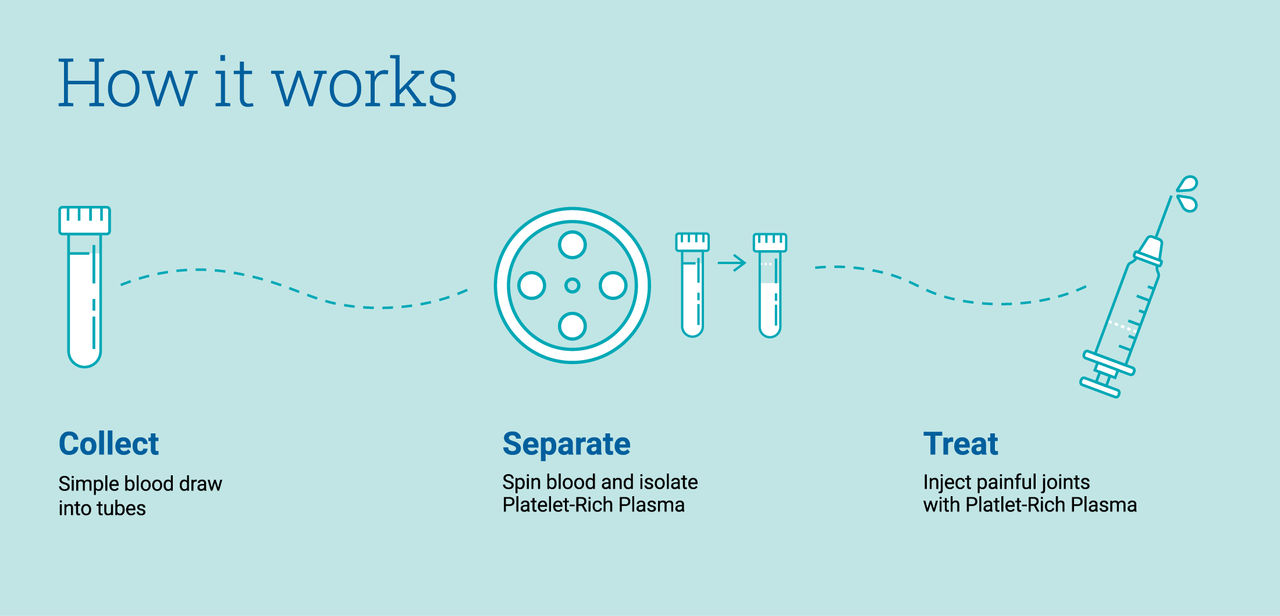-
- Find Care
-
- Visitor Information
- Find a Location
- Shuttles
- Visitor Policies
-
-
- Our Virtual Care Options
- Virtual Urgent Care
- Virtual Visits for Primary & Specialty Care
- Online Second Opinions
- Participate in Research
-
- Contact us
-
- For Innovators
- Commercialization Guide for Innovators
-
-
- Research News
- Alzheimer's Disease
- Artificial Intelligence
-
- Overview
-
- Overview
- Getting Started
- New to Mass General Brigham
- International Patient Services
- What Is Patient Gateway?
- Planning Your Visit
- Find a Doctor (opens link in new tab)
- Appointments
- Patient Resources
- Health & Wellness
- Flu, COVID-19, & RSV
- Billing & Insurance
- Financial Assistance
- Medicare and MassHealth ACOs
- Participate in Research
- Educational Resources
- Visitor Information
- Find a Location
- Shuttles
- Visitor Policies
- Find Care
-
- Overview
- Our Virtual Care Options
- Virtual Urgent Care
- Virtual Visits for Primary & Specialty Care
- Online Second Opinions
-
- Overview
- Participate in Research
-
- Overview
- About Innovation
- About
- Team
- News
- For Industry
- Venture Capital and Investments
- World Medical Innovation Forum (opens link in new tab)
- Featured Licensing Opportunities
- For Innovators
- Commercialization Guide for Innovators
- Contact us
-
- Overview
- Information for Researchers
- Compliance Office
- Research Cores
- Clinical Trials
- Advisory Services
- Featured Research
- Two Centuries of Breakthroughs
- Advances in Motion (opens link in new tab)
- Brigham on a Mission (opens link in new tab)
- Gene and Cell Therapy Institute
- Research News
- Alzheimer's Disease
- Artificial Intelligence
-
- Overview
-
- Overview
- Residency & fellowship programs
- Brigham and Women's Hospital
- Massachusetts General Hospital
- Mass Eye and Ear
- Newton-Wellesley Hospital
- Salem Hospital
- Integrated Mass General Brigham Programs
- Centers of Expertise
- Global & Community Health
- Health Policy & Management
- Healthcare Quality & Patient Safey
- Medical Education
- For trainees
- Prospective trainees
- Incoming trainees
- Current trainees
- Continuing Professional Development
- Patient Care
- Services and Specialties
- Sports Medicine
- Sports Medicine Programs
- Regenerative Medicine
- Platelet-rich Plasma Therapy
What is platelet-rich plasma (PRP)?
Platelet-rich plasma (PRP) is a therapeutic method used to treat tendinopathy, joint injuries, arthritis pain, and more. It involves using a patient’s own, whole blood to create a plasma enriched with a higher platelet concentration. Platelets are pieces of cell that help slow or stop bleeding (and can stimulate the body’s healing responses).
Platelets are part of your blood; they have a certain weight/density and can be separated from the red part of the blood by spinning very fast in a device called a centrifuge. PRP is a preparation of your own plasma enriched with a concentration of your own platelets above what is normally contained in your whole blood. Whole blood is taken from the patient and its components are separated and concentrated above baseline levels. A highly concentrated PRP is then re-injected to help regenerate and repair damaged tissue.
PRP is used as a specialized treatment if initial treatments have been ineffective. It may require multiple injections to adequately treat the injury and is commonly followed by physical therapy to maximize therapeutic effect. PRP is a therapy for long-term connective tissue health and should not be regarded as a short-term pain management strategy. PRP is used as appropriate to avoid or to support a surgical intervention.
Who may benefit?
You may be a candidate for PRP if you have one of these conditions:
- Tendon-related pain (including lateral and medial epicondyle tendons, rotator cuff, hip girdle, peroneal tendon, patellar and Achilles’ tendon)
- Chronic pain and osteoarthritic (due to wear and tear) and related pain, as in the knee, ankle, foot, shoulder, hip, or spine.
- Chronic sprain (as in ankle, knee, hip, sacroiliac joint, or plantar fascia)
- Muscle tears
Certain conditions rule out PRP as a treatment method. Your provider will discuss this with you during your consultation.
Contraindications
Some conditions may preclude this treatment and will be discussed during your consultation.
What are the risks of PRP injection?
Although significant adverse effects from PRP are rare you may experience temporary local discomfort or pain, lasting up to a week, following an injection.
Serious side effects and complications are rare, but include:
- Allergic reaction
- Bleeding
- Nerve damage
- Infection
- Paralysis
What to expect
PRP is usually an outpatient procedure. Depending on the location of your injection, please arrange for a licensed driver to meet you after the procedure and drive you home. Before your injection appointment, please let your doctor know if you have:
- Allergies
- A bleeding disorder or are taking blood-thinning or anti-platelet medications
- A current infection being treated with antibiotics
- A history of getting lightheaded or fainting during procedures
Depending on your medical history, you may be asked to adjust or stop taking some of your medications prior to the procedure. Discontinue NSAIDs (aspirin, ibuprofen, naproxen, celecoxib, etc.) at least 7 days before your injection. Talk with your physician if you are taking any steroids or had a recent steroid injection. If you take blood thinners, including aspirin, you will need to discuss potentially stopping this medication with your physician. Please discuss the safety of stopping any medication with your prescribing physician prior to doing so.
During your procedure, while blood will be drawn from your vein much like any other blood draw you may have had in the past. Whole blood contents will be spun down in a centrifuge, which helps separate out a concentrated level of PRP, among other things. Once your PRP is ready, the affected area will be marked for proper placement of the needle and then will be sterilized. A local anesthetic and/or numbing spray may be applied to reduce pain at the injection site.
Your provider uses sterile, ultrasound-guided injection to help visualize the affected part of your body. Once identified, the PRP will be injected into and around the damaged tissue.

It is common to recommend physical therapy before and after your PRP injection to maximize the therapeutic effect. Your provider may clear you for light exercise, but you be asked to protect or rest the affected area for some time. Plan for about four weeks with down time following the procedure. This will be reviewed on an individual basis.
Post-injection recommendations include avoiding the use of NSAIDs for at least two weeks after the procedure. Over-the-counter acetaminophen is recommended as an alternative to NSAIDs for post-procedural analgesia. Ask your provider about using ice after your injection is complete.
You may shower on the same day as your PRP injection, but please avoid immersing the area in water. Do not use hot tubs, take baths, or go swimming for the first 48 hours.
Athletes undergoing PRP may have different or added instructions and restrictions. Your provider will counsel you on your instructions and will help develop a timeline for how much time you should take off from your sport. This advice is meant to help you avoid re-injuring the area by returning to play too soon.
If you develop fever, chills, swelling, redness, or other signs of infection you should notify your doctor or go to the emergency department for further evaluation.
Talk with a representative at our call center
Fill out our contact form and we’ll be in touch
Talk with a representative at our call center
